I came across the following problem.
You are given the root of a binary tree with n nodes.
Each node is uniquely assigned a value from 1 to n.
You are also given an integer startValue representing
the value of the start node s,
and a different integer destValue representing
the value of the destination node t.
Find the shortest path starting from node s and ending at node t.
Generate step-by-step directions of such path as a string consisting of only the
uppercase letters 'L', 'R', and 'U'. Each letter indicates a specific direction:
'L' means to go from a node to its left child node.
'R' means to go from a node to its right child node.
'U' means to go from a node to its parent node.
Return the step-by-step directions of the shortest path from node s to node t
Input: root = [5,1,2,3,null,6,4], startValue = 3, destValue = 6
Output: "UURL"
Explanation: The shortest path is: 3 → 1 → 5 → 2 → 6.
Example 2:
Input: root = [2,1], startValue = 2, destValue = 1
Output: "L"
Explanation: The shortest path is: 2 → 1.
I created the solution by finding the least common ancestor and then doing a depth-first-search to find the elements, Like this:-
# Definition for a binary tree node.
# class TreeNode(object):
# def __init__(self, val=0, left=None, right=None):
# self.val = val
# self.left = left
# self.right = right
class Solution(object):
def getDirections(self, root, startValue, destValue):
"""
:type root: Optional[TreeNode]
:type startValue: int
:type destValue: int
:rtype: str
"""
def lca(root):
if root == None or root.val == startValue or root.val == destValue:
return root
left = lca(root.left)
right = lca(root.right)
if left and right:
return root
return left or right
def dfs(root, value, path):
if root == None:
return ""
if root.val == value:
return path
return dfs(root.left, value, path + "L") + dfs(root.right, value, path + "R")
root = lca(root)
return "U"*len(dfs(root, startValue, "")) + dfs(root, destValue, "")
The solution runs good, however for a very large input it throws "Memory Limit Exceeded" error, can anyone tell me how I can optimise the solution, or what might I be doing that could be getting me into it ?

